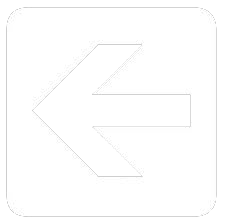|
|
|
|
|
|
|
 Previous part ("Number Please" - Manual switching) Previous part ("Number Please" - Manual switching)
Do It Yourself Dialling - Automatic Switching |
 |
 When was it in use? When was it in use?
1912-1995 (UK) |
In the early 1890s a Kansas City undertaker called Almon Strowger suspected he was loosing trade because of the telephone system. Either through bribery or family connections, his rivals were getting his calls - and his business! With the help of a relative with enginnering skills he devised an automatic switch capable of connecting an incoming line to one of several outgoing lines based on selections made by the caller. Others had tried to devise such a system earlier, two inventors from Washington DC had even obtained a patent for a similar system back in 1879 just 3 years after the invention of the telephone however Strowgers 'selector', so called because it selected the appropriate outgoing line was the first practical system that could actually be put to real world use. Telephones have always used two wires for the line, Strowgers early selector needed 5 wires however the principal of actually doing the selecting or switching was sound and the patent, granted on 10th March 1891 would form the basis of telephone switching for the next 100 years. With a little refinement the selector was made to operate using the existing 2 wires between the phone and the exchange.
With a rotary dial fitted to the phone containing the digits 0-9 the phone could instruct the selector in the exchange which one of ten lines was required by sending 1 to 10 pulses down the line (10 pulses representing a 0). Using an electromagnet and a ratchet mechanism a moving arm in the selector (called a wiper and carrying the incoming line from the caller) can be made to connect to any one of ten outgoing lines arranged in a semi-circle.
|
|
|
|
|
|
|
|
|
